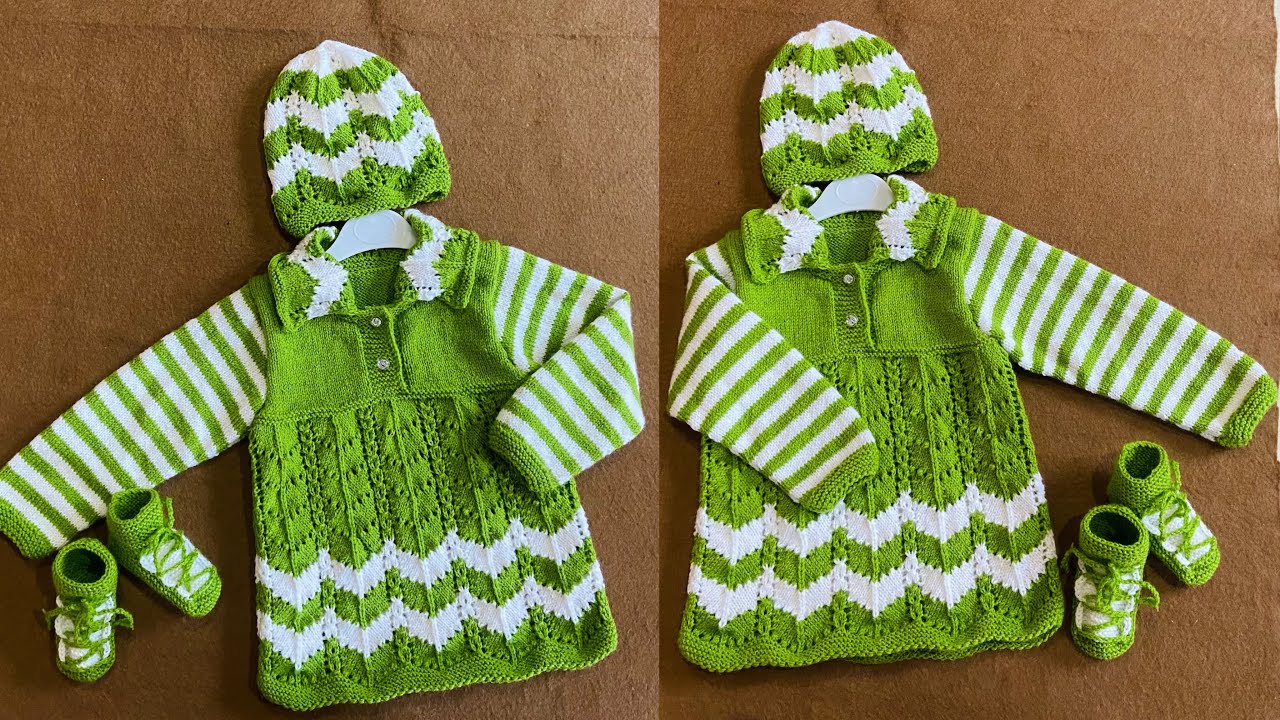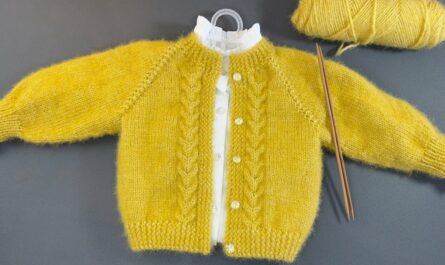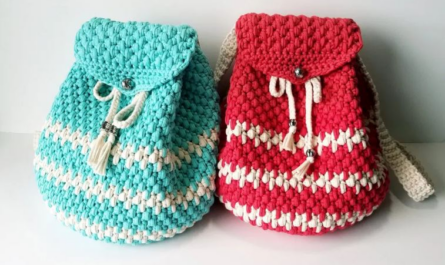The word “frock” conjures images of whimsical dresses, often with a timeless appeal, from child-like innocence to elegant simplicity. In the world of knitting, a “frock” refers to a knitted dress, ranging from adorable baby and toddler dresses to chic garments for adults. When we talk about “new” frock knitting patterns, we’re not just referring to recently published designs, but to fresh approaches in construction, contemporary styling, and innovative uses of yarn and stitch patterns that make these dresses feel modern and exciting.
This detailed article will delve into what defines a “new” frock knitting pattern, explore popular design elements, and guide you on what to look for and how to approach knitting your next beautiful dress.
What Makes a Knitting Pattern “New” in the World of Frocks?
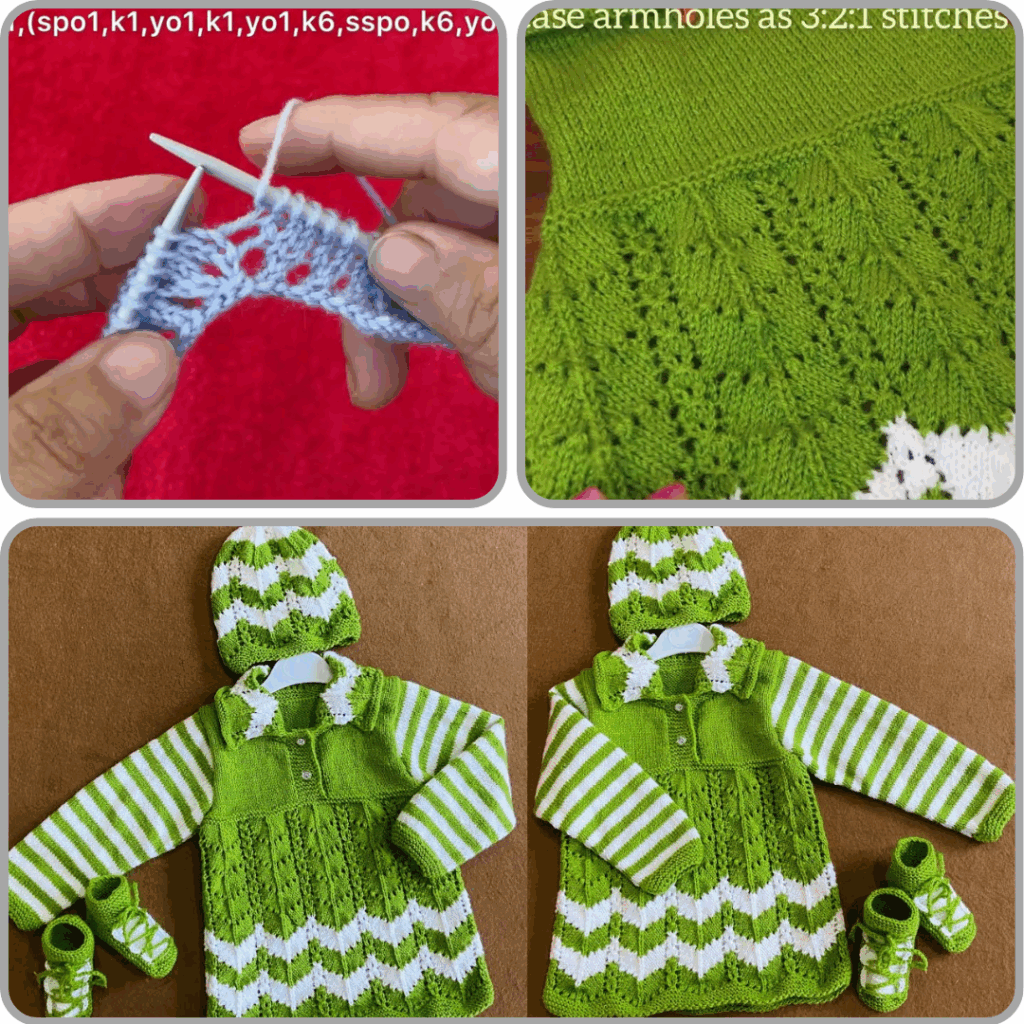
“New” in knitting patterns isn’t always about groundbreaking inventions; it’s often about the evolution of existing techniques and aesthetics:
- Modern Construction Methods:
- Seamless Knitting: Top-down raglan, contiguous, or other seamless methods are hugely popular. They eliminate tedious seaming and allow for easy try-on and length adjustments as you knit.
- Modular Knitting: While less common for full frocks, some designs might incorporate modular elements (e.g., a modular skirt attached to a seamless bodice).
- Intelligent Shaping: Patterns often use clever increases and decreases that are integrated into the stitch pattern, creating subtle and beautiful shaping without obvious seam lines.
- Contemporary Silhouettes & Styling:
- Relaxed Fits: Beyond just fitted bodices, many new patterns feature more relaxed, comfortable fits, from oversized sweaters transformed into dresses to relaxed A-line shapes.
- Mixed Textures: Combining different stitch patterns (e.g., a lace yoke with a stockinette body, or cable panels with garter stitch sections) for visual interest.
- Strategic Colorwork: Beyond traditional Fair Isle, new patterns might use bold color blocking, intarsia motifs, or subtle marling effects.
- Sustainable & Natural Fibers: A growing emphasis on patterns designed for or showcasing natural, ethically sourced, and often plant-based yarns.
- Versatility & Adaptability:
- Patterns often include instructions for multiple sizes (from child to adult), varying lengths (tunic, knee-length, maxi), or different sleeve options (sleeveless, short, long, puff).
- Clear instructions for customization (e.g., how to adjust waist shaping or skirt fullness).
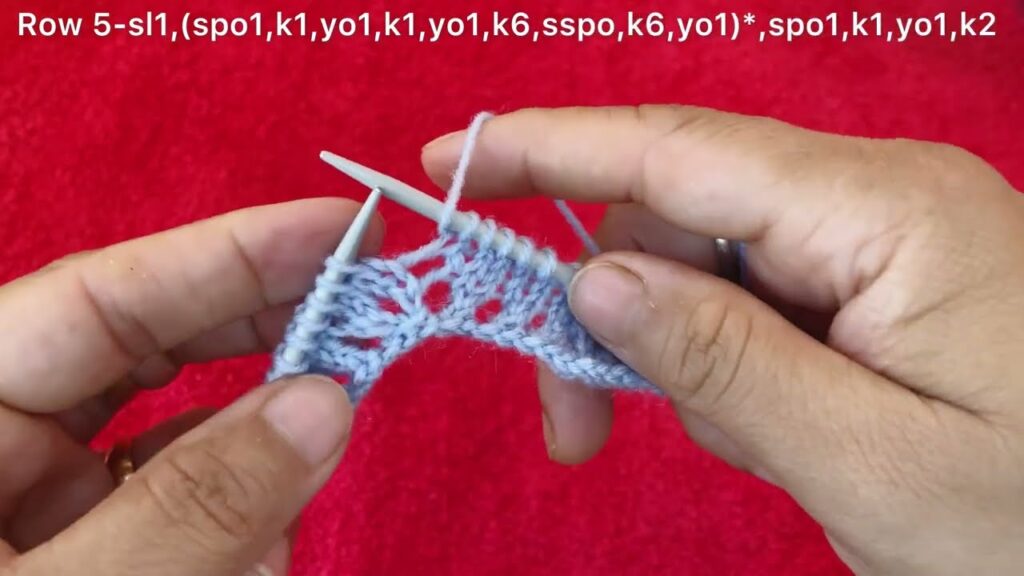
Key Design Elements in a Knitted Frock Pattern:
When looking at a “new” frock pattern, you’ll typically find a combination of these elements:
- The Bodice:
- Fit: Can range from fitted (often with bust darts for shaping) to semi-fitted or relaxed.
- Neckline: V-neck, crew neck, boat neck, scoop neck. Modern patterns often feature simple, clean necklines.
- Yoke: A separate section around the neckline and shoulders, often in a different stitch pattern (e.g., lace, colorwork, textured) or constructed seamlessly (raglan, circular yoke).
- The Sleeves:
- Options: Sleeveless, short, elbow-length, or full-length.
- Shaping: Standard set-in sleeves, comfortable raglan sleeves, or the increasingly popular puff or balloon sleeves created with significant gathering.
- Cuffs: Simple ribbing, garter stitch, or decorative elements.
- The Waist:
- Defined Waist: Achieved through ribbing, cinching with a knitted tie, or subtle waist shaping (decreases).
- Empire Waist: A higher waistline, often above the natural waist.
- No Defined Waist: A straight, relaxed fit that flows from the bust or hip.
- The Skirt:
- Shape:
- A-line: Gradually flares from the waist/hip.
- Straight/Column: Falls straight down for a sleek look.
- Gathered/Full: Achieved by significant increases from the waist down, creating a voluminous skirt (often for children’s frocks).
- Length: Mini, knee-length, midi (calf-length), or maxi (ankle/floor length).
- Texture/Pattern: Can be the same as the bodice, or feature contrasting stitches (e.g., a solid stockinette bodice with a lace-patterned skirt).
- Shape:
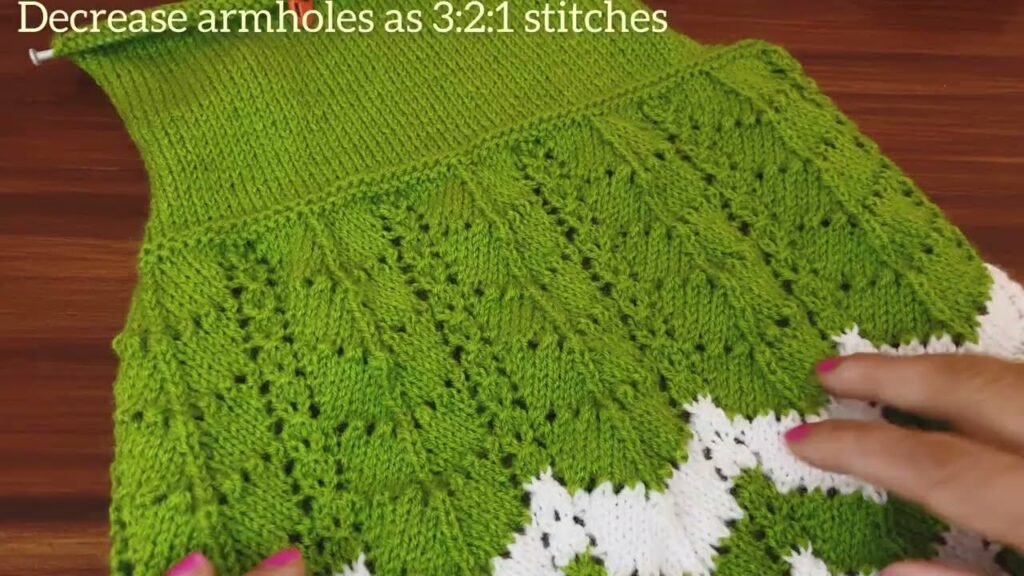
What to Look for in a “New Frock Knitting Pattern”:
When choosing your next frock pattern, consider these aspects for a rewarding knitting experience:
- Clear Instructions & Schematics:
- Well-written patterns explain every step clearly, often with stitch counts for various sizes.
- Schematics (diagrams with measurements): Essential for checking gauge and ensuring the finished garment will fit.
- Charts: For lace or colorwork, charts are often clearer than written instructions.
- Technique Explanations: Good patterns will link to or provide explanations for special stitches or methods (e.g., Kitchener stitch, specific cast-ons).
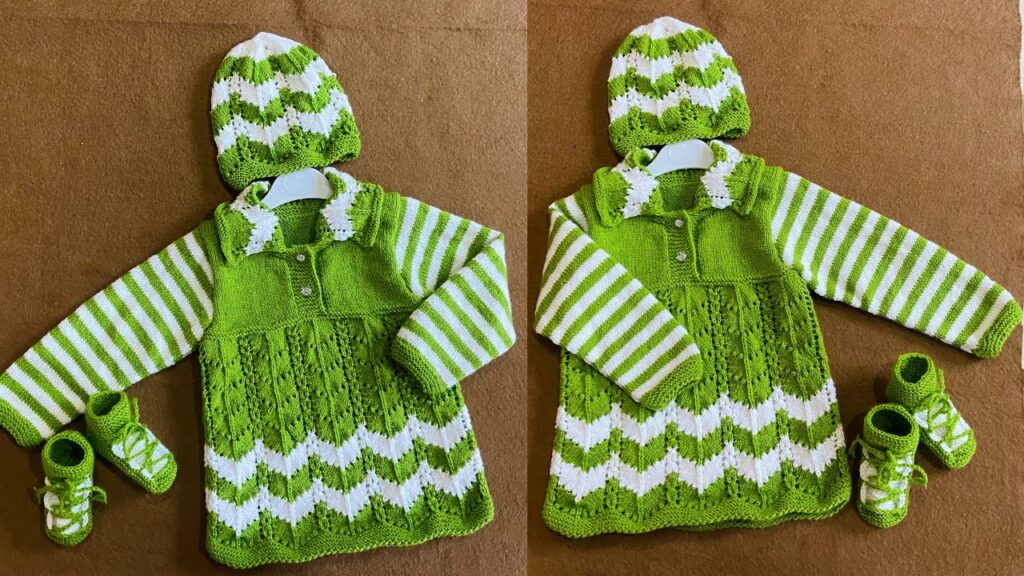
- Yarn Recommendation & Gauge:
- Specific Yarn: The pattern should recommend a specific yarn or at least a yarn weight (e.g., DK, Worsted, Fingering).
- Gauge Swatch: This is non-negotiable for garments. The pattern will state the required gauge (stitches and rows per inch/cm in the main stitch pattern). Always knit, wash, and block your swatch to ensure your finished frock will be the correct size.
- Sizing Options:
- Look for patterns that offer a wide range of sizes, including schematics with finished measurements (bust, length, sleeve length) for each size. This helps you choose the right size for your desired fit.
- Design Details:
- Styling: Does the finished frock in the photos align with your aesthetic?
- Skill Level: Is the pattern rated appropriately for your knitting skill (beginner, intermediate, advanced)? Don’t bite off more than you can chew for your first garment.
- Versatility: Does the pattern offer options for different lengths, sleeve styles, or other modifications?
- Pattern Support & Community:
- If buying from an independent designer, check if they offer pattern support (e.g., Ravelry group, email contact).
- Reading project notes from other knitters (e.g., on Ravelry) can provide valuable insights into fit, yarn substitutions, and potential challenges.
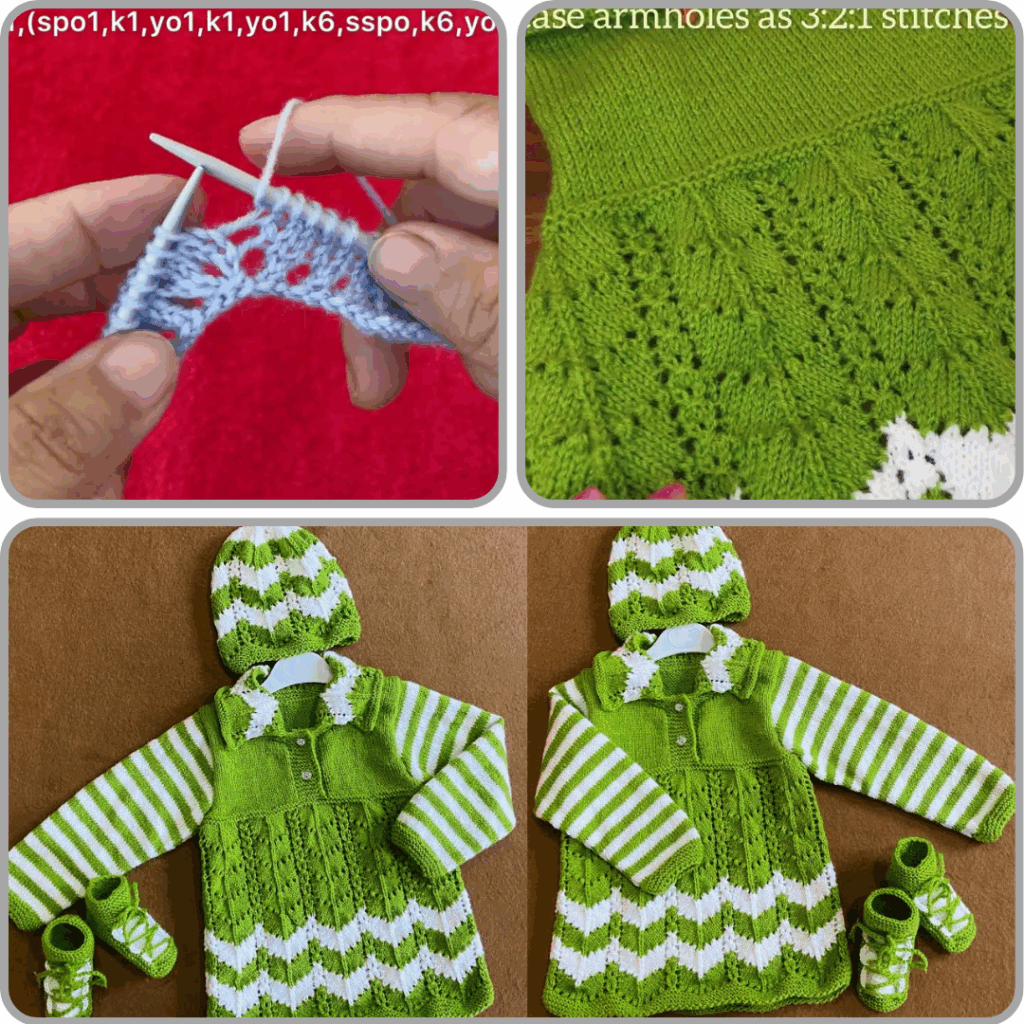
Approaching Your “New Frock” Knitting Project:
- Swatch Religiously: Seriously, knit a gauge swatch. And block it. This cannot be overstressed for a garment project.
- Read Through the Entire Pattern: Before casting on, read the pattern from start to finish. This helps you understand the overall construction, identify any unfamiliar techniques, and plan your yarn management.
- Choose Your Yarn Wisely: Select a yarn that matches the pattern’s gauge and recommended fiber content. Consider drape (especially for the skirt), washability (easy care for children’s frocks), and softness.
- Utilize Tools: Stitch markers, row counters, and a tapestry needle are your friends. For seamless knitting, circular needles are a must.
- Don’t Be Afraid to Adjust: Once you’ve established your gauge, you can often make small adjustments (e.g., knitting a few extra rounds for length, or omitting some repeats if you want a less full skirt) to truly customize the frock.
Video Tutorial :
Knitting a frock, whether for a beloved child or for yourself, is a deeply satisfying journey. By embracing “new” patterns that incorporate modern construction and thoughtful design, you can create a beautiful, comfortable, and stylish garment that feels truly contemporary and uniquely yours. Happy knitting!
